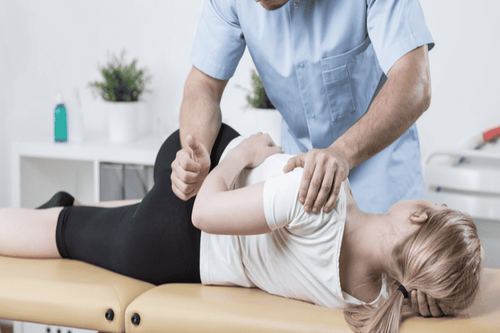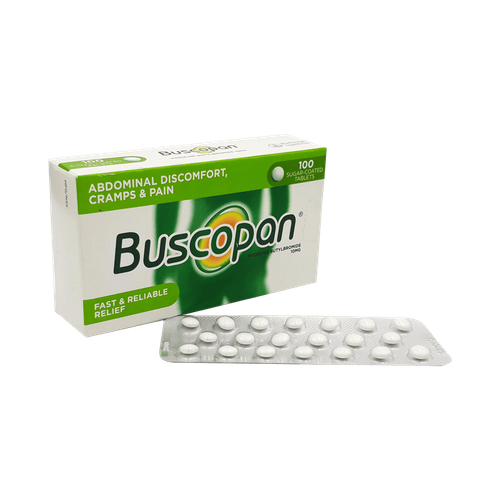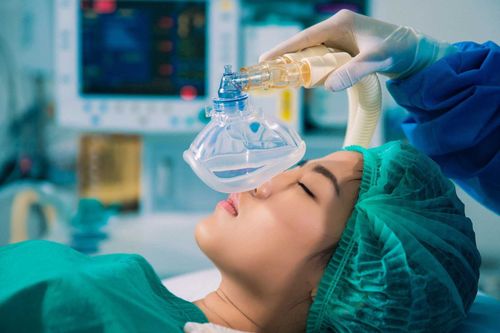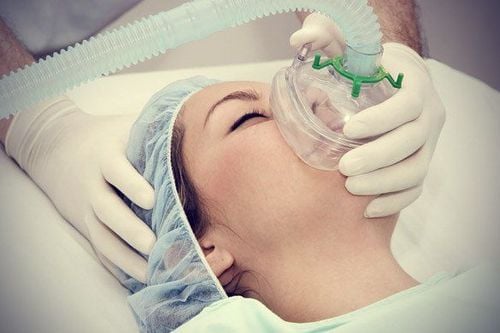This is an automatically translated article.
The article is professionally consulted by Master, Doctor Ta Quang Hung - Department of General Surgery - Vinmec International General Hospital Da Nang. The doctor has more than 10 years of experience in teaching and practicing in the field of Anesthesia.Abdominal surgery, especially laparoscopic surgery, is a minimally invasive technique, causing less pain for the patient and significantly shortening the hospital stay. In abdominal surgery, deep muscle relaxant anesthesia plays an extremely important role.
1. Overview of laparoscopic surgery techniques
1.1 What is laparoscopic surgery? Laparoscopic surgery is a technique developed in recent years that has many advantages over the traditional open surgery method. This technique uses a camera and special surgical instruments, inserted into the abdomen through small incisions to perform the procedure. This is a less invasive technique, causing less pain for the patient, faster recovery time, shorter hospital stay and better aesthetic effect.The abdominal surgeries that can be performed by laparoscopic technique are:
Laparoscopic appendectomy; Treatment of gastroesophageal reflux - esophagus, diaphragmatic hernia; Treatment of perforated gastric or duodenal ulcers; Gastric surgery: Partial or total gastrectomy if there is a tumor, gastric bypass surgery, gastrojejunostomy; Surgical treatment of small bowel or colon obstruction; Surgery to treat obesity such as gastric bypass, gastric banding or gastric bypass; Treatment of abdominal trauma such as damage to the spleen, intestines or liver; Treatment of peritonitis due to visceral perforation; Liver and biliary surgery: Cholecystectomy, removal of bile duct and bile duct stones, liver resection, bile-intestinal anastomosis,...; Colon and rectal surgery: Partial or complete resection of the colon; Pancreas and spleen surgery: Resection of spleen and tail of pancreas, removal of pancreatic duodenal block, opening of pancreatic cyst with jejunum; Surgery for inguinal and other abdominal wall hernias; Rectal surgery: Anal fistula, hemorrhoids, anal fissure, posterior sacral hair follicle abscess,...
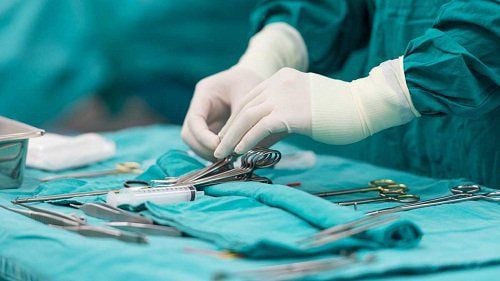
Meanwhile, reducing intra-abdominal pressure can help reduce postoperative pain, reduce the risk of complications of laparoscopic surgery. However, if the intra-abdominal pressure is low, it will reduce the quality of the surgical field (the area of the body being operated on), affect the accuracy of the surgeon's manipulation, increase the risk of intraoperative complications or force had to switch to open surgery.
Therefore, it is necessary to find solutions to ensure appropriate intra-abdominal pressure and best surgical conditions. In fact, the quality of the surgical field is determined by the patient's physique, the skill of the doctor and the anesthetic factor (depth of anesthesia, depth of muscle relaxation in anesthesia). The duty of an anesthesiologist is to ensure the safety and comfort of the patient, and to create the most favorable conditions for the surgical field.
Many recent studies have determined that the deep relaxation method has many contributions in maintaining low inflation pressure while ensuring the best surgical conditions. Thanks to its ability to relax the abdominal wall muscles and prevent sudden muscle contractions, deep relaxation has gradually become more widely used in abdominal surgery to improve the surgical condition.
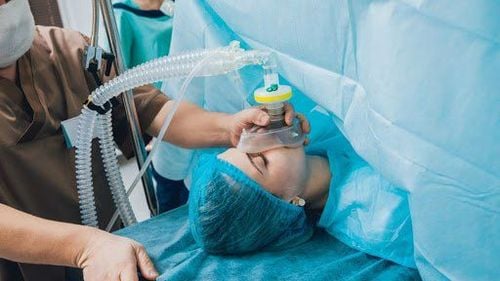
2. Deep muscle relaxation method in abdominal surgery
2.1 Learn about muscle relaxants Muscle relaxants allow doctors to cause temporary muscle paralysis in patients during anesthesia. The use of muscle relaxants in anesthesia aims to create the best conditions for surgery (ensure the patient is immobile), improve hemodynamic stability.However, muscle relaxants also have side effects: Postoperative drug residues can lead to life-threatening respiratory complications within the first few hours after surgery. Therefore, complete restoration of muscle relaxation is required at the end of anesthesia to restore breathing and upper airway function.
2.2 The role of deep relaxation in abdominal surgery Compared with medium muscle relaxants, deep relaxation has the advantage of helping to completely relax the abdominal wall and diaphragm muscle system. This helps to improve the condition of the surgical field, especially for operations in narrow spaces such as laparoscopic surgery.
Deep muscle relaxation improves surgical field in laparoscopic surgery Expands surgical space depending on physical condition, previous abdominal surgery, anesthetic technique, patient position, intra-abdominal pressure and muscle relaxation . Deep relaxation is more effective than average relaxation in improving the surgical field in cases of laparoscopic retroperitoneal urology, nephrectomy, hysterectomy, cholecystectomy, colectomy, and resection. Prostate.
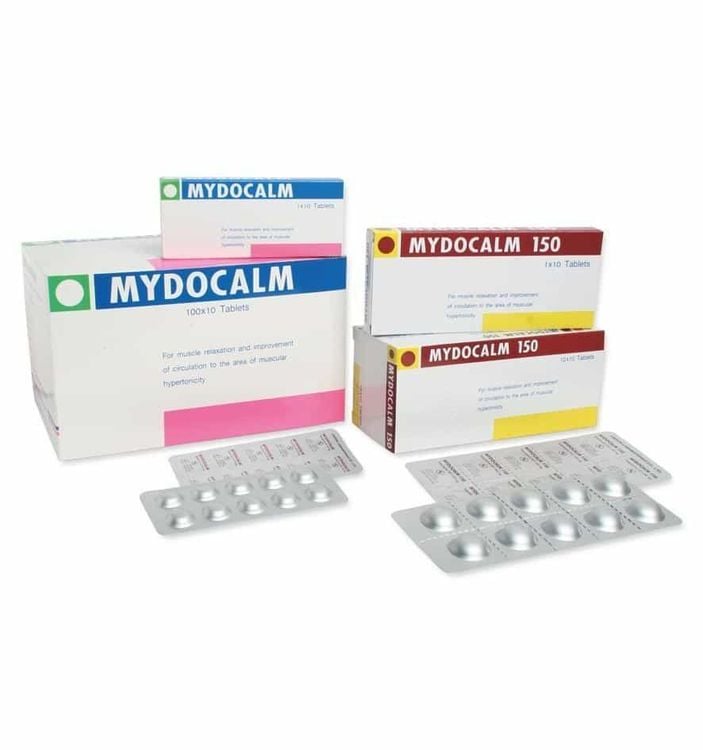
Deep muscle relaxation improves the surgical field in laparoscopic surgery but its place in anesthesia has not been fully defined. In clinical practice, deep relaxation is indicated on a case-by-case basis.
Vinmec International General Hospital with a system of modern facilities, medical equipment and a team of experts and doctors with many years of experience in medical examination and treatment, patients can rest assured to visit. examination and treatment at the Hospital.
Please dial HOTLINE for more information or register for an appointment HERE. Download MyVinmec app to make appointments faster and to manage your bookings easily.







